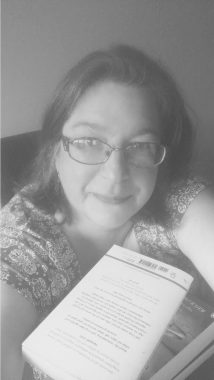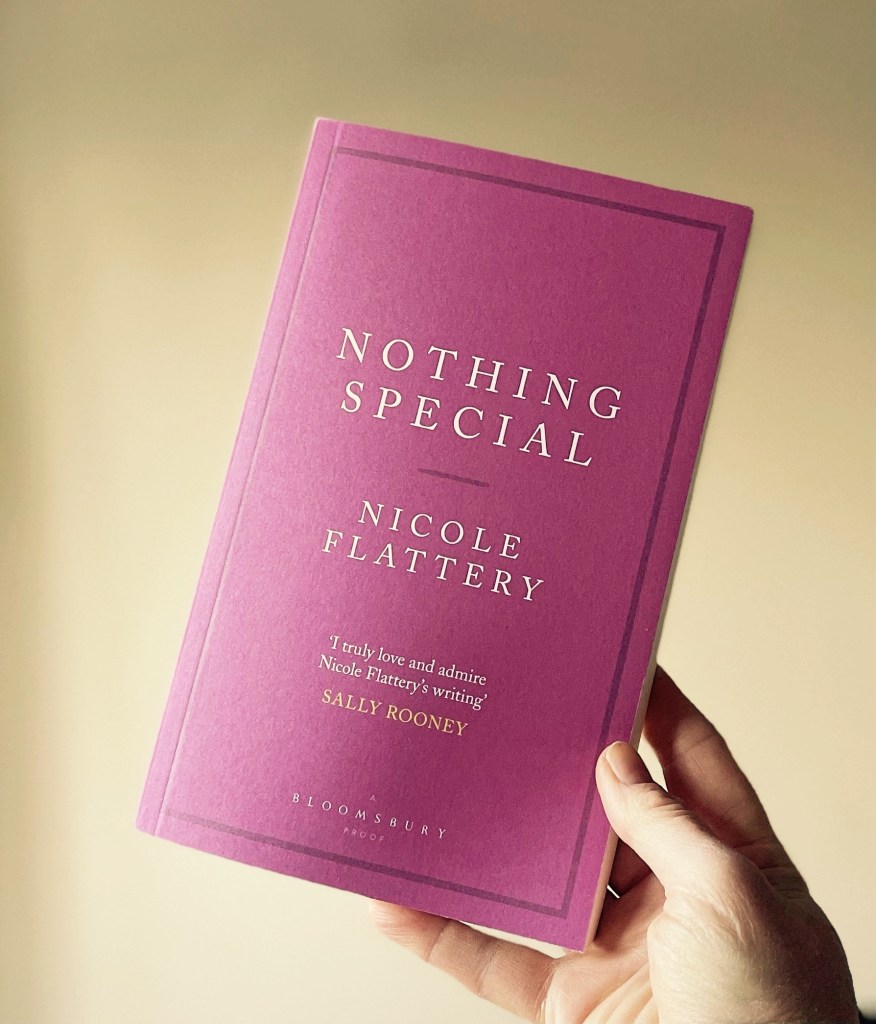
The List of Suspicious Things by Jennie Godfrey
Published by Hutchinson Heinemann on February 15th
What They Say
Maggie Thatcher is prime minister, drainpipe jeans are in, and Miv is convinced that her dad wants to move their family Down South.
Because of the murders.
Leaving Yorkshire and her best friend Sharon simply isn’t an option, no matter the dangers lurking round their way; or the strangeness at home that started the day Miv’s mum stopped talking.
Perhaps if she could solve the case of the disappearing women, they could stay after all?
So, Miv and Sharon decide to make a list: a list of all the suspicious people and things down their street. People they know. People they don’t.
But their search for the truth reveals more secrets in their neighbourhood, within their families – and between each other – than they ever thought possible.
What if the real mystery Miv needs to solve is the one that lies much closer to home?
What I Say
It is always brilliant to be able to review books by authors that you have met and become friends with on social media, which is quite ironic, considering that in The List of Suspicious Things we are firmly in a world way before anyone even knew what a mobile phone or Twitter is!
I had been chatting to Jennie for while – usually about all the fabulous books we have been reading, and sharing recent recommendations of books we loved. When I was offered a copy of Jennie’s debut novel to read and review, honestly, I was more than a little nervous – it is a Radio 2 Book Club pick, and already there have been so many wonderful reviews, that there is always the worry that I might not love it.
Once I started reading The List of Suspicious Things, I just knew that I was reading something really special.
Miv, and her best friend Sharon are growing up in the late 70s. Margaret Thatcher is Prime Minister, and The Yorkshire Ripper dominates every news story and headline. Miv lives with her Mum and Dad and Aunty Jean. Her Mum keeps herself to herself, often in her bedroom and then disappears from their house for periods of time, with no one really explaining to Miv what is happening.
Miv’s Dad seems unsettled and not himself, and decides that maybe the best thing for the family is to move down South away from The Yorkshire Ripper and all the uncertainty and unrest around them. Miv is devastated and doesn’t want to move away, so the solution to her is perfectly clear – if she can discover who The Yorkshire Ripper is, she can stay here, with her best friend Sharon and nothing has to change.
Sharon agrees to help, and as Miv pours over the newspapers and listens to news about The Yorkshire Ripper, she decides that she and Sharon have to investigate anyone who fits any part of the profile. This is a brilliant way to change the narrative, because this opens up Miv and Sharon’s world for us to meet the people in their community who make their list, but also shows us that what we have always known is true – that appearances can be deceptive, and you never really know what goes on behind closed doors.
As Miv and Sharon investigate the people and things they have hunches about, we are introduced to a range of characters – amongst them there is Omar who runs the local shop and his son Ishtiaq, Helen and Gary Andrews who seem to be a happily married couple, and Arthur, who is Helen’s Dad and dealing with the death of his wife.
Jennie’s writing harks back to a time when all our lives were contained in the small world of the streets and places and people we knew so well, and we were reliant on who had seen and heard what to find out what was happening. Yet it has to be said that this is not a cosy, uncomplicated and innocent novel, mired in nostalgia and a rose tinted view of life.
The List of Suspicious Things is also a novel that unflinchingly shows a world where there is racism, domestic violence, mental health issues and marital affairs. This is a world presented to us through the eyes of children, who see and hear these things, but do not fully understand the intricacies and realities of what they are party to. Their innocence and seeming naivety presents us with a different view of the world, whereas we as readers, and the adults in the story bring our own experiences and knowledge of the realities of what the children are actually going through.
This is such a layered and nuanced novel that deals with so many things in one book, all executed effortlessly. Undoubtedly the main focus of the novel is the project that Miv and Sharon are undertaking, as to whether they can find the true identity of The Yorkshire Ripper, but this is not singularly why this is such an unforgettable book.
What makes this book so compelling for me to read is the portrayal of family life and the wider community, in all its shapes and forms. I felt that Jennie absolutely understood all her characters and their voices are clear and distinct. You get a real sense of place and time without it being something that detracts from the plot, and it makes the book feel anchored and authentic. Miv is such a brilliant protagonist, fearless and questioning and also aware that her family life is not like other people’s. Her relationship with her Mum is genuinely heartbreaking. – she knows what it should look like, and there are little moments in the book that shows us how much Miv understands that whatever happens her Mum is still there, trying to find a way back to being the Mum Miv needs. Miv is undoubtedly the pivotal character in this novel, and it is her relationships with the people around her that makes this such a compelling story.
In becoming part of Miv and Sharon’s world, we are also looking back at a time that some of us can remember clearly – that sense of growing up in a world where human connection was part of our everyday lives, with no phones or social media to colour our opinions. Our world at that time went as far as the streets around us, the neighbours we knew and the conversations we heard. The List of Suspicious Things is an unforgettable book that perfectly articulates what it meant to be a child at that time, and in doing so may make us realise how far we have come, but also how much we have lost in terms of having that close community around us.
Do Miv and Sharon find out who The Yorkshire Ripper was? Of course I am not going to tell you, you need to read it. One thing is certain though, that I promise after reading The List Of Suspicious Things, Miv and Sharon will always have a place in your heart.
I absolutely loved it.
Thank you so much to Hutchinson Heinemann for my proof copy.



